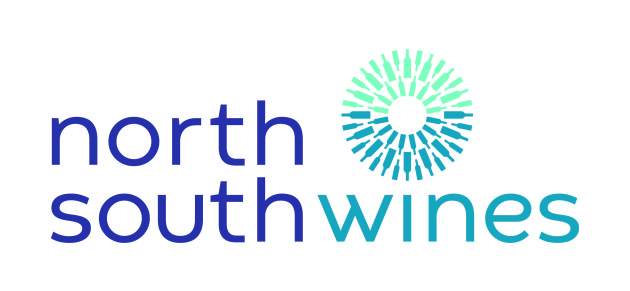
Global alcohol market forecast to exceed 2019 volumes within two years
A new report issued by the IWSR is full of encouraging news for the international beverage industry. According to the organisation's Drinks Market Analysis, the value of global alcohol sales grew 12% last year to reach US$1.17 trillion, while volume rose by a more modest 3% in 2021.
Nevertheless, the report stated that the global beverage alcohol market is expected to surpass 2019 volumes within the next two years. “While beer, cider and international spirits have not yet reached 2019 volumes, they have all met or surpassed 2019 levels in value terms. Wine has also surpassed 2019 value levels, though overall global category volumes are expected to continue on a downward trajectory,” it noted.
This global resurgence was partly attributed to the burgeoning premiumisation trend, affecting markets in developing economies, in addition to western countries. “Premiumisation continues unabated for spirits and wines in the premium-and above price tier. Premium-plus spirits (priced US$22.50+) are forecast to grow by more than +50% in value in the Americas 2021–26; over +40% in Africa and the Middle East; over +20% in Europe, and just under +20% in Asia-Pacific,” the report stated.
“The single largest driver of beverage alcohol value over the next five years will be the growth of premium-and-above national spirits in Asia-Pacific. Globally, wine in the premium-and-above price band (US$10+) grew by +12% in value last year, and is forecast to increase in value by +16% 2021–26.”
Meanwhile, although global still wine volumes were down -2% last year, total value grew by 5% across different markets. According to the IWSR: “Impressive gains were seen in the sparkling category as consumers returned to celebratory occasions in full force with the lifting of Covid restrictions. Champagne posted volume growth of +24% last year, and other sparkling wines were up +7.5%. Over the next five years, the global wine category is forecast to continue on its trajectory of long-term volume decline (-1%, 2021–26), but will see value gains of +5%.”
The IWSR report analyses data collated from across 160 different nations. It has forecast compound annual volume growth of just above 1% for total beverage alcohol over the next five years, as Covid restrictions continue to ease.
“Our latest data shows encouraging signs for the continued recovery of beverage alcohol; the market rebounded far more quickly than expected and, in value terms, 2021 is now above 2019,” said Mark Meek, CEO at IWSR Drinks Market Analysis.
He added: “Premiumisation continues unabated; beverage alcohol e-commerce also continues to grow, although at a more moderate rate; and the trend towards moderation continues, with no/low-alcohol products seeing ongoing growth from a relatively low base. Despite the industry’s current and future challenges – ongoing supply-chain disruptions, inflation, war in Ukraine, travel retail’s slow return to pre-2019 levels, and China’s zero-Covid policy – beverage alcohol is in a strong position.”
Beer, ready-to-drink (RTD) products and agave-based spirits are all predicted to increase their market share over the next few years. RTDs have reportedly been “a stand-out category during the pandemic, increasing in volume by +14% in 2021 – on top of +26% growth in 2020.” Globally, RTD products are expected to grow by +44% in volume and +51% in value over the next five years. Category growth will continue in the world’s largest RTD markets, the US and Japan.
“The no/low-alcohol category also grew by over +10% last year, and will continue to grow over the next five years, albeit from a relatively low base,” Meek reported.
The Drinks Market Analysis concluded by emphasising the rising importance of Millennial consumers, a demographic that had been least affected by the pandemic’s restrictions. It noted that Millennials, and in some cases Gen Zs, are amongst the highest spenders on wine in markets such as Australia, Sweden, the US, and the UK. In addition, alcohol e-commerce continued to grow last year (+16% in value 2020–2021), although this was at a slower rate than in 2020 (+45% in value 2019–2020).
“Challenges remain, including whether bars and restaurants will continue to attract consumers who have grown comfortable with e-commerce and at-home consumption; whether consumers will accept price increases on their preferred brands; and whether inflation and supply-chain issues will lead to consumers down-trading and gravitating towards local rather than imported products,” said Meek.
“We’re living in an age of uncertainty, and these are uncharted waters for the industry. However, as we have seen in previous crises, this is a very resilient industry sector.”
Keywords:
- UK
- US
- years
- alcohol
- growth
- value
- CEO
- market
- year
- IWSR
- global
- over
- five years
- last year
- last
- RTD
- beverage
- drinks market
- low alcohol products
- beverage alcohol
- drinks market analysis
- market analysis
- “premiumisation continues unabated
- relatively low base
- towards moderation continues





